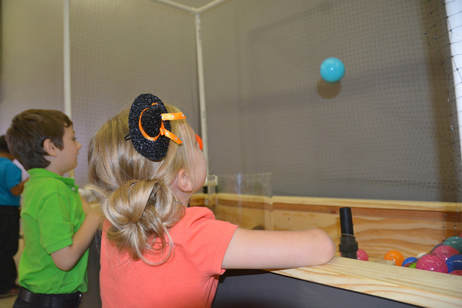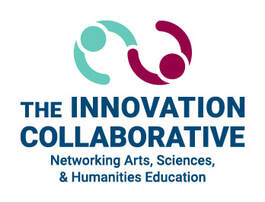
What is the research?
This Innovation Collaborative national project will develop a broad overview of how the Sciences, Technology, Engineering, Arts/Humanities, and Math (STEAM) intersections are being addressed in all out-of-school learning settings. It will serve as a basis for developing a research-based foundation for the STEAM movement in out-of-school learning settings.
It studied
What do you mean by interdisciplinary learning?
In this project, interdisciplinary learning is the process of integrating disciplines and concepts in a variety of ways. Actions could include concepts’ interacting, blending, linking, synthesizing, or transforming. Examples of interdisciplinary learning could be:
How will the research benefit me as a practitioner?
This Innovation Collaborative national project will develop a broad overview of how the Sciences, Technology, Engineering, Arts/Humanities, and Math (STEAM) intersections are being addressed in all out-of-school learning settings. It will serve as a basis for developing a research-based foundation for the STEAM movement in out-of-school learning settings.
It studied
- How out-of-school institutions are designing and implementing interdisciplinary learning opportunities that promote creative and innovative thinking.
- The wide variety of out-of-school learning experiences. These experiences include school field trips, non-school-related group experiences (such as summer camps or scouting), or experiences in which an individual student participates outside of a group. That individual student could, however, be informally grouped with other individuals, as in an impromptu museum demonstration.
- Early childhood through higher education students
- The intersections of STEM (Science, Technology, Engineering, and Math) with the arts and of STEM with humanities
- In-person experiences that are a result of specific programming. For example, while an exhibit, contest, or performance alone would not be researched, the programming related to it could be an important part of the study.
What do you mean by interdisciplinary learning?
In this project, interdisciplinary learning is the process of integrating disciplines and concepts in a variety of ways. Actions could include concepts’ interacting, blending, linking, synthesizing, or transforming. Examples of interdisciplinary learning could be:
- In an art museum, using the iterative engineering design process to create kinetic sculptures
- In a science museum, integrating a study of plants with explorations of landscape architecture and irrigation engineering that could be combined with an illustrated creative writing exercise.
How will the research benefit me as a practitioner?
- The research will ultimately deliver reliable criteria and a rubric to use broadly in the various fields to determine an effective STEAM out-of-school learning experience.
